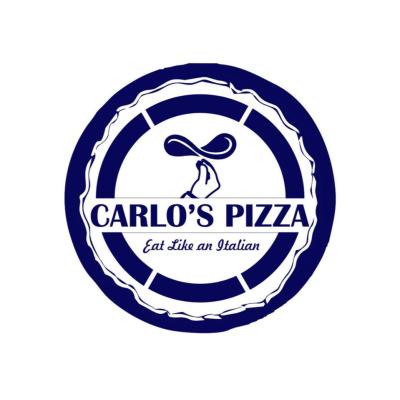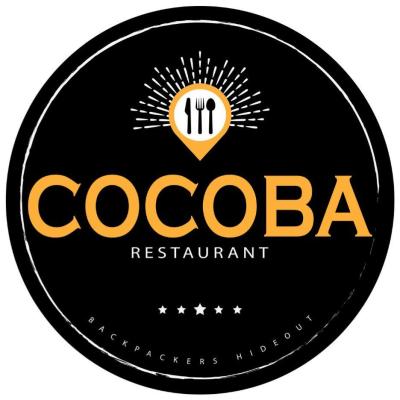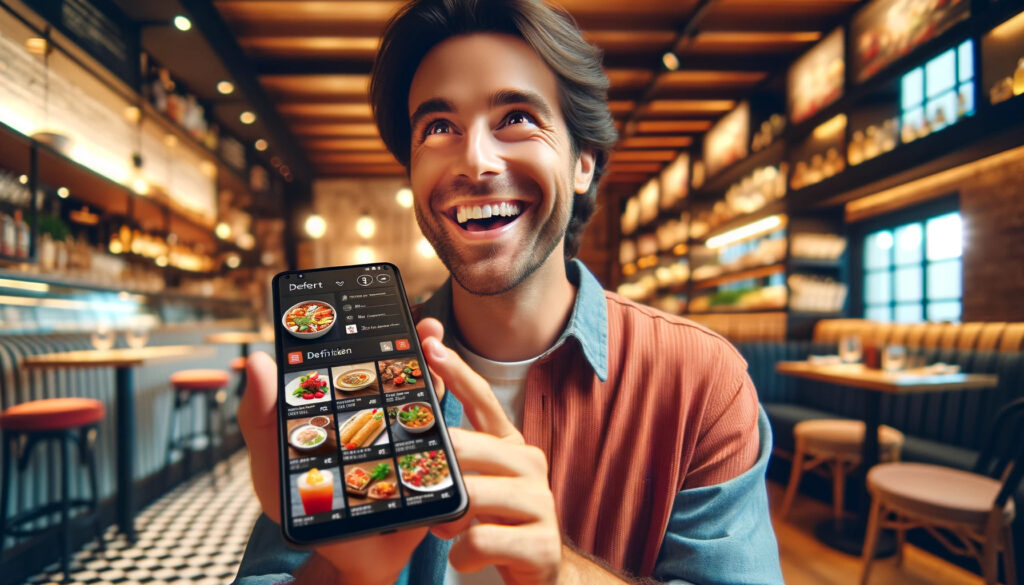Revolutionizing the Dining Experience: The Shift from Paper to Digital Menus in Restaurants
In an era where technology permeates every aspect of our lives, the restaurant industry is no exception. The transition from traditional paper menus to digital alternatives is not just a trend; it’s a revolution that’s enhancing the dining experience for customers globally. This shift not only promises operational efficiency and cost savings for restaurants but also a more interactive and personalized service for diners. Let’s delve into how this transformative change is reshaping the restaurant scene.
The Rise of Digital Menus
Historical Context and Adoption Rates
Digital menus have evolved from a novelty to a necessity in just a few years, driven by technological advancements and changing consumer expectations. Initially introduced as a high-tech luxury in upscale establishments, they are now a common feature in cafes, bistros, and even food trucks, reflecting a broader acceptance and integration of technology in the dining experience.
Customer Preferences
Recent surveys indicate a growing preference for digital menus among diners, who appreciate the speed, convenience, and novelty they offer. The ability to browse a menu interactively, with high-resolution images and detailed descriptions, enhances decision-making and elevates the overall dining experience.

Advantages of Digital Menus
Cost Efficiency
- Long-term Savings: Though the upfront cost of implementing digital menus can be higher than sticking with paper, the long-term savings are significant. Restaurants can update their menus without the recurring costs of printing and distributing new paper versions.
- Environmental Impact: The shift to digital menus reduces the need for paper, aligning with eco-friendly practices and appealing to environmentally conscious consumers.
Real-Time Updates
Digital menus offer unparalleled flexibility in menu management. Restaurants can instantly update them to reflect changes in availability, seasonal specials, or price adjustments, ensuring customers always have access to current offerings.
Customer Engagement and Experience
- Interactive Features: Beyond mere lists of dishes, digital menus can integrate order placement, meal customization options, and even entertainment for guests as they wait for their food.
- Personalized Recommendations: With data analytics, digital menus can offer personalized recommendations based on a customer’s past orders or dietary preferences, significantly enhancing the personalized service.
Implementation Strategies
Transitioning to digital menus involves several steps, from selecting the appropriate technology and platforms to training staff and informing customers about the new system. This section would provide a roadmap for restaurants looking to make the switch, including tips on choosing between proprietary systems versus third-party applications, and considerations for hardware like tablets or touch-screen displays.
Case Studies
Success Stories
Several restaurants have made headlines with their successful integration of digital menus. By showcasing a few of these, we can learn from their strategies, challenges they overcame, and the benefits they’ve reaped. These examples typically highlight improved customer satisfaction, increased sales of featured items, and streamlined operations.
Pizza Restaurant in Colombo – Carlo’s Pizza

Restaurant in Kandy – Cocoba Restaurant

Impact Analysis
The real-world impact of digital menus extends beyond the digital screen. Restaurants report a notable increase in order efficiency, reduced wait times, and an uptick in customer engagement. Moreover, the ability to analyze customer preferences has led to more targeted and successful marketing strategies.
Challenges and Solutions
Tech Support and Infrastructure
Adopting digital menus requires a reliable technological infrastructure. Restaurants need to plan for ongoing tech support to address any issues swiftly. Solutions include choosing robust platforms known for stability and having a dedicated IT team or vendor support on call.
Customer Adaptability
While many customers appreciate the innovation of digital menus, some may prefer traditional methods. It’s crucial to ensure the digital experience is intuitive and to provide assistance for those less comfortable with technology. Offering brief tutorials or having staff available to guide through the ordering process can smooth this transition.
Security Concerns
With digital transactions comes the need for heightened security measures. Protecting customer data and ensuring secure payment options are paramount. Employing encrypted connections and complying with data protection regulations can mitigate these concerns.
The Future of Dining
The integration of technology in dining is just beginning. Looking ahead, we might see AI-driven menus that make real-time suggestions based on kitchen inventory levels, or AR experiences that allow diners to see a 3D model of their dish before ordering. The potential for IoT devices to streamline operations further and enhance the customer experience is vast.
The top 5 advantages of having a digital menu :
- Cost Efficiency: Saves money on printing costs and allows for easy updates without reprinting.
- Real-Time Updates: Quickly adjust menu items, prices, and specials based on inventory or promotional activities.
- Enhanced Customer Experience: Interactive menus can offer detailed descriptions, images, and even personalized recommendations.
- Operational Efficiency: Simplifies the ordering process, reducing wait times and potential order errors.
- Environmental Benefits: Reduces paper waste, aligning with eco-friendly practices and appealing to conscious consumers.
Get your restaurant a Digital Menu Today : https://ordernow.lk
Conclusion
The shift from paper to digital menus is more than a trend; it’s a significant evolution in the dining experience that offers benefits for both restaurants and their patrons. By embracing this change, establishments can enhance operational efficiency, reduce costs, and provide a more engaging and personalized experience for diners. As technology continues to evolve, the potential for innovation in how we dine seems limitless.




